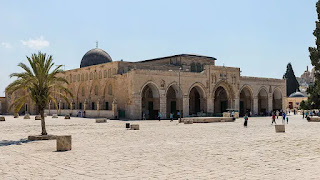The Ruling on the Funeral Prayer (Janazah) of a Person Who Commits Suicide in the Light of Hanafi Fiqh

**"The Ruling on the Funeral Prayer (Janazah) of a Person Who Commits Suicide in the Light of Hanafi Fiqh"** This article includes detailed explanation, authentic references, and scholarly perspectives. --- # **The Ruling on the Funeral Prayer (Janazah) of a Person Who Commits Suicide in the Light of Hanafi Fiqh** --- ## **Introduction** Islam holds the sanctity of life in the highest regard. Taking one’s own life—commonly known as suicide—is considered one of the **major sins** in Islam. However, a significant theological and legal issue arises: **Is the funeral prayer (janazah) for a person who commits suicide permissible in Islamic law? ** This article will explore the answer based on the principles and rulings of **Hanafi Fiqh**, supported by **Qur'anic verses**, **Hadith**, and **classical juristic sources**. --- ## **Part 1: The Islamic View on Suicide** Islam categorically prohibits suicide....








